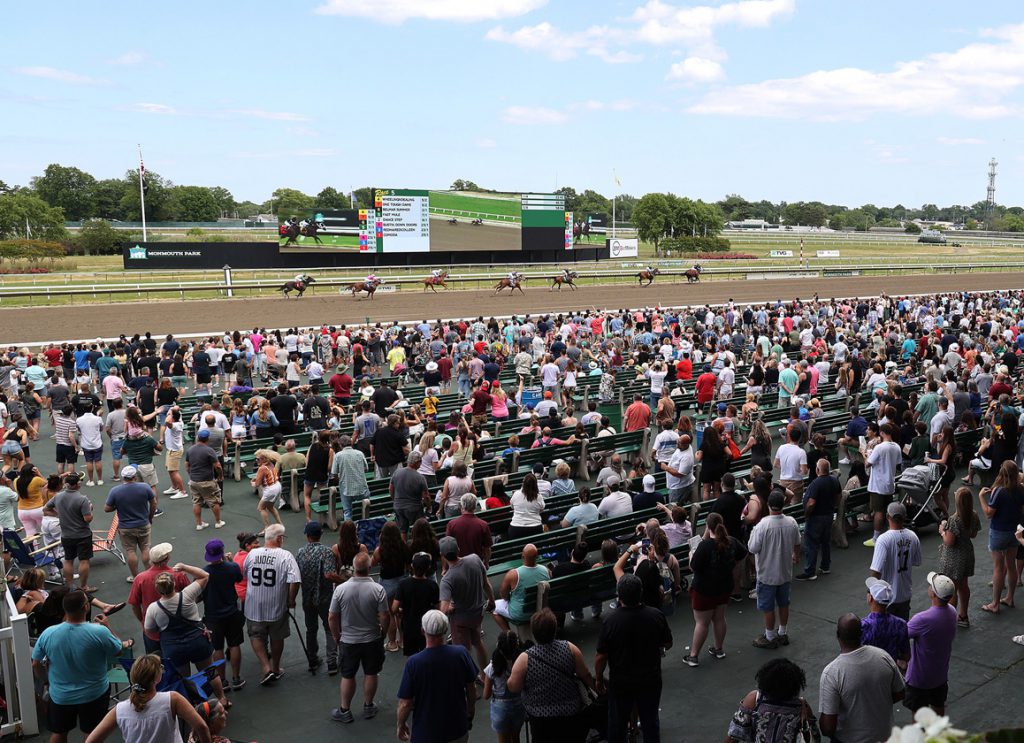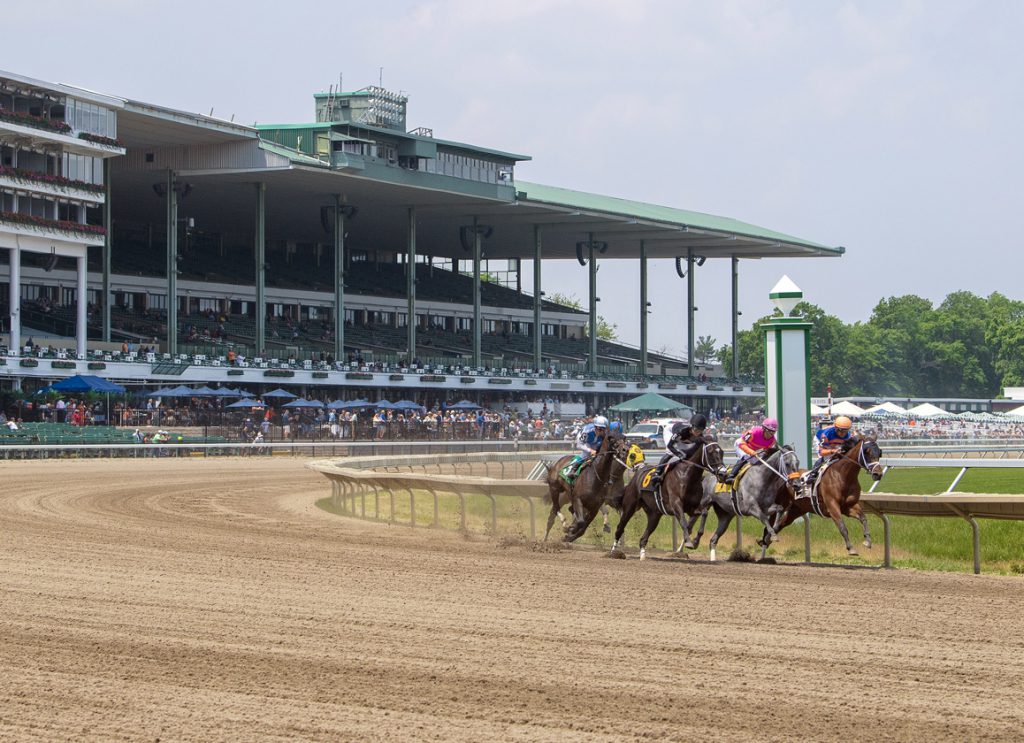Every week, the TDN publishes a roundup of key official rulings from the primary tracks within the four major racing jurisdictions of California, New York, Florida and Kentucky.
Here's a primer on how each of these jurisdictions adjudicates different offenses, what they make public (or not) and where.
The TDN will also post a roundup of the relevant Horseracing Integrity and Safety Act (HISA) related rulings from the same week. These will include decisions from around the country.
New York
Track: Belmont Park
Date: 06/27/2023
Licensee: Manuel Franco, jockey
Penalty: Three-day suspension
Violation: Careless riding
Explainer: For having waived his right to an appeal Jockey Mr. Manuel Franco is hereby suspended (3) NYRA racing days July 7th 2023, July 8th 2023, July 9th 2023 inclusive. This for careless riding during the running of the second race at Belmont Park on June 22nd 2023.
NEW HISA/HIWU STEWARDS RULINGS
The following rulings were reported on HISA's “rulings” portal and through the Horseracing Integrity & Welfare Unit's “pending” and “resolved” cases portals.
This does not include the voided claim rulings which were sent to the TDN directly. Some of these rulings are from prior weeks as they were not reported contemporaneously.
One important note: HISA's whip use limit is restricted to six strikes during a race.
Violations of Crop Rule
Belterra Park
William Vernon Bush – violation date June 29; $500 fine and one-day suspension, 13 strikes
Los Alamitos
Tiago Pereira – violation date June 25; $250 fine and one-day suspension, 7 strikes
Abel Cedillo – violation date July 1; $250 fine and one-day suspension, 7 strikes
Erick Garcia – violation date July 1; $250 fine and one-day suspension, 7 strikes
Cesar Ortega – violation date July 2; $250 fine and one-day suspension, 7 strikes
Edgar Payeras – violation date July 2; $250 fine and one-day suspension, 7 strikes
Pending ADMC Violations
Date: 06/09/2023
Licensee: Douglas Nunn, trainer
Penalty: Pending
Alleged violation: Intra-articular Injection violation
Explainer: For the use of an intra-articular injection on Smithwick's Spice, who won at Delaware Park on 6/9/23, within 14 days prior to Post-Time. This is a possible violation of Rule 3313—Use of a Controlled Medication Method in relation to a Covered Horse during the Race Period. This is also a possible violation of Rule 4222—Intra-articular Injection within 14 days prior to Post-Time.
Date: 06/04/2023
Licensee: McLean Robertson, trainer
Penalty: Provisional suspension
Alleged violation: Medication violation
Explainer: For the presence of Altrenogest—a banned substance—in a sample taken from Johnny Up, who won at Canterbury Park on 6/4/23. This is a possible violation of Rule 3212—Presence of a Banned Substance and/or its Metabolites or Markers.
Read more on the story here.
Date: 06/01/2023
Licensee: Jonathon Wong, trainer
Penalty: Provisional suspension
Alleged violation: Medication violation
Explainer: For the presence of Metformin—a banned substance—in a sample taken from Heaven and Earth, who won at Horseshoe Indianapolis on 6/1/23. This is a possible violation of Rule 3212—Presence of a Banned Substance and/or its Metabolites or Markers.
Read more on the story here.
Date: 05/28/2023
Licensee: Ricardo Legall, trainer
Penalty: Pending
Alleged violation: Medication violations
Explainer: For the presence of Levamisole—Controlled Medication (Class B)—in a sample taken from Merchants of Cool, who finished fifth at Belmont Park on 5/28/23. This is a possible violation of Rule 3312—Presence of Controlled Medication Substance and/or its Metabolites or Markers.
For the presence of Dimethylsulfoxide—Controlled Medication (Class C)—in a sample taken from Merchants of Cool, who finished fifth at Belmont Park on 5/28/23. This is a possible violation of Rule 3312—Presence of Controlled Medication Substance and/or its Metabolites or Markers.
Date: 05/28/2023
Licensee: Ray Handal, trainer
Penalty: Pending
Alleged violation: Medication violation
Explainer: For the presence of Zeranol—a banned substance—in a sample taken from Barrage, who finished second at Belmont Park on 5/28/23. This is a possible violation of Rule 3212—Presence of a Banned Substance and/or its Metabolites or Markers. Pursuant to ADMC Program Rule 3247(e), HIWU has lifted the Provisional Suspension based upon information submitted by the Covered Person and the review of relevant scientific information. The Equine Anti-Doping Notice has not been withdrawn.
Read more on the story here.
The post Weekly Stewards And Commissions Rulings, June 27-July 3 appeared first on TDN | Thoroughbred Daily News | Horse Racing News, Results and Video | Thoroughbred Breeding and Auctions.


